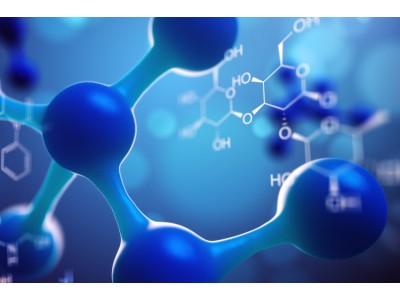| Bioactivity | Lurasidone (Hydrochloride) (SM-13496 (Hydrochloride)) is an antagonist of both dopamine D2 and 5-HT7 with IC50s of 1.68 and 0.495 nM, respectively. Lurasidone (Hydrochloride) (SM-13496 (Hydrochloride)) is also a partial agonist of 5-HT1A receptor with an IC50 of 6.75 nM. |
| Invitro | Lurasidone (Hydrochloride) (SM-13496 (Hydrochloride)) is an antagonist of dopamine D2 and 5-HT7 with IC50s of 1.68±0.09 and 0.495±0.090 nM, respectively. Lurasidone (Hydrochloride) (SM-13496 (Hydrochloride)) is also a partial agonist of 5-HT1A receptor with an IC50 of 6.75±0.97 nM. In vitro receptor binding experiments reveal that Lurasidone (Hydrochloride) (SM-13496 (Hydrochloride)) demonstrates affinity for dopamine D2 and 5-HT2A receptors higher than other tested antipsychotics. Lurasidone does not increase [35S]GTPγS binding to the membrane preparations for dopamine D2 receptors by itself, but it antagonizes dopamine-stimulated [35S]GTPγS binding in a concentration-dependent manner with a KB value of 2.8±1.1 nM[1]. |
| In Vivo | Lurasidone (Hydrochloride) (SM-13496 (Hydrochloride)) dose-dependently increases the ratio of DOPAC/dopamine in both regions, but it shows a preferential effect on the frontal cortex compare with the striatum, especially at higher doses. Lurasidone (Hydrochloride) (SM-13496 (Hydrochloride)) (ED50 values 2.3 to 5.0 mg/kg) shows a comparable potency with olanzapine (ED50 values 1.1 to 5.1 mg/kg), higher potency than clozapine (ED50 9.5 to 290 mg/kg), and slightly lower potency than haloperidol (ED50 values 0.44 to 1.7 mg/kg). Lurasidone (Hydrochloride) (SM-13496 (Hydrochloride)) (1 to 10 mg/kg) dose-dependently inhibits conditioned avoidance response (CAR) in rats, and the ED50 values are 6.3 mg/kg. Lurasidone (Hydrochloride) (SM-13496 (Hydrochloride)) dose-dependently inhibits TRY-induced forepaw clonic seizure and p-CAMP-induced hyperthermia with ED50 values of 5.6 and 3.0 mg/kg, respectively. Lurasidone (Hydrochloride) (SM-13496 (Hydrochloride)) (0.3 to 30 mg/kg) dose-dependently and significantly increases the number of shocks received by rats in the conflict test with MED of 10 mg/kg (p<0.01)[1]. |
| Name | Lurasidone Hydrochloride |
| CAS | 367514-88-3 |
| Formula | C28H37ClN4O2S |
| Molar Mass | 529.14 |
| Appearance | Solid |
| Transport | Room temperature in continental US; may vary elsewhere. |
| Storage | 4°C, sealed storage, away from moisture and light *In solvent : -80°C, 6 months; -20°C, 1 month (sealed storage, away from moisture and light) |
| Reference | [1]. Ishibashi T, et al. Pharmacological profile of lurasidone, a novel antipsychotic agent with potent 5-hydroxytryptamine 7 (5-HT7) and 5-HT1A receptor activity. J Pharmacol Exp Ther. 2010 Jul;334(1):171-81. [2]. Sakine Atila Karaca, et al. Development of a validated high-performance liquid chromatographic method for the determination of Lurasidone in pharmaceuticals. Marmara Pharm J. 2017;21 (4): 931-937. |

Lurasidone Hydrochloride
CAS: 367514-88-3 F: C28H37ClN4O2S W: 529.14
Lurasidone (Hydrochloride) (SM-13496 (Hydrochloride)) is an antagonist of both dopamine D2 and 5-HT7 with IC50s of 1.68a
Sales Email:peptidedb@qq.com
This product is for research use only, not for human use. We do not sell to patients.